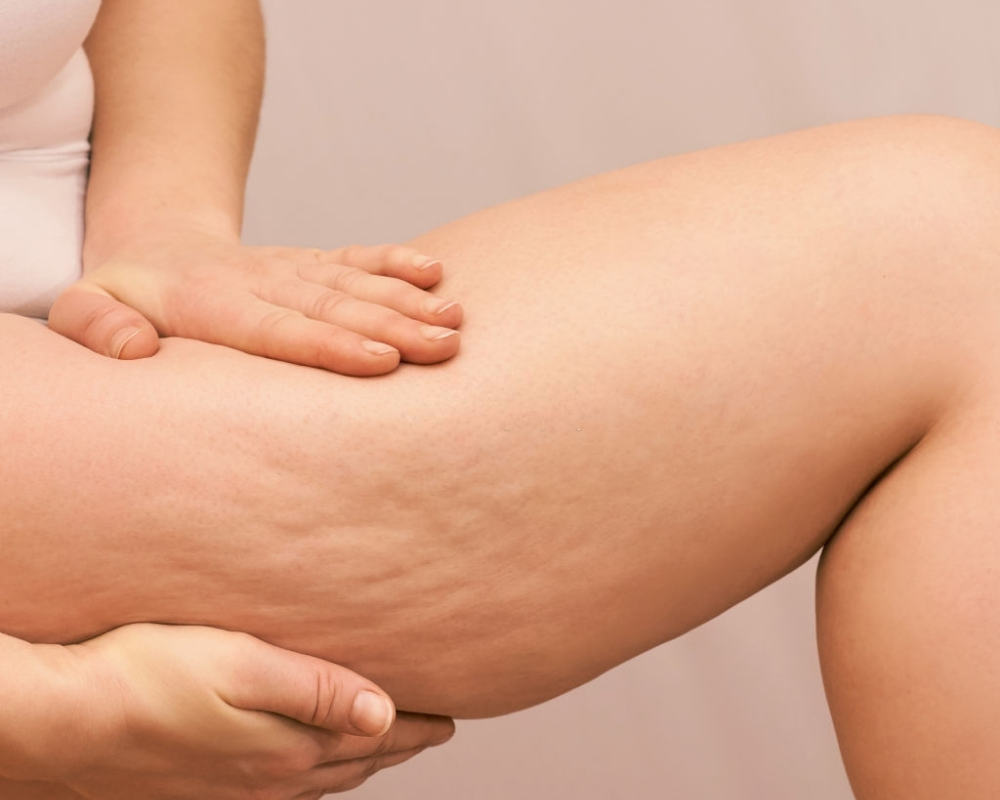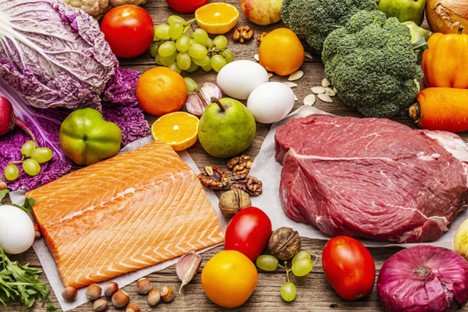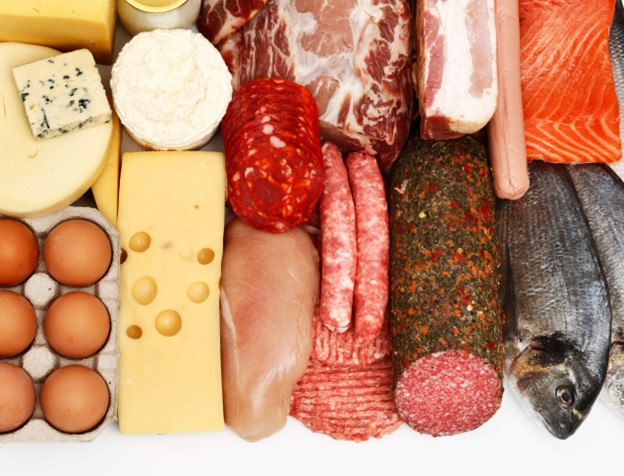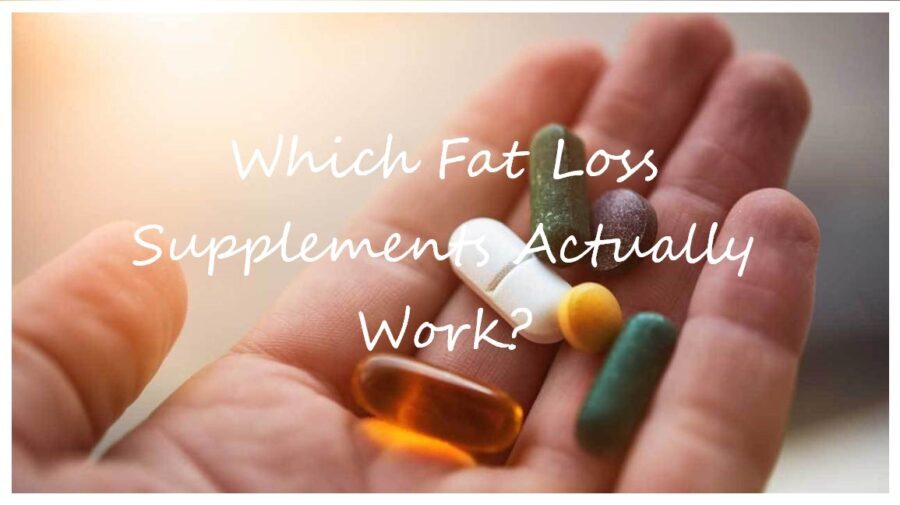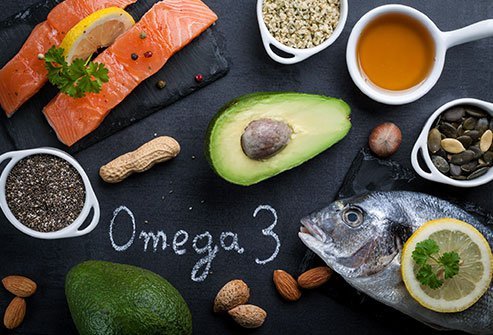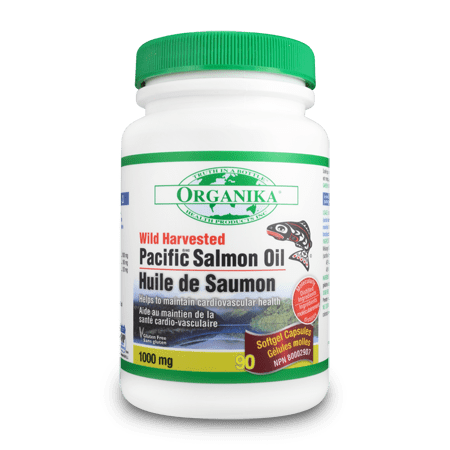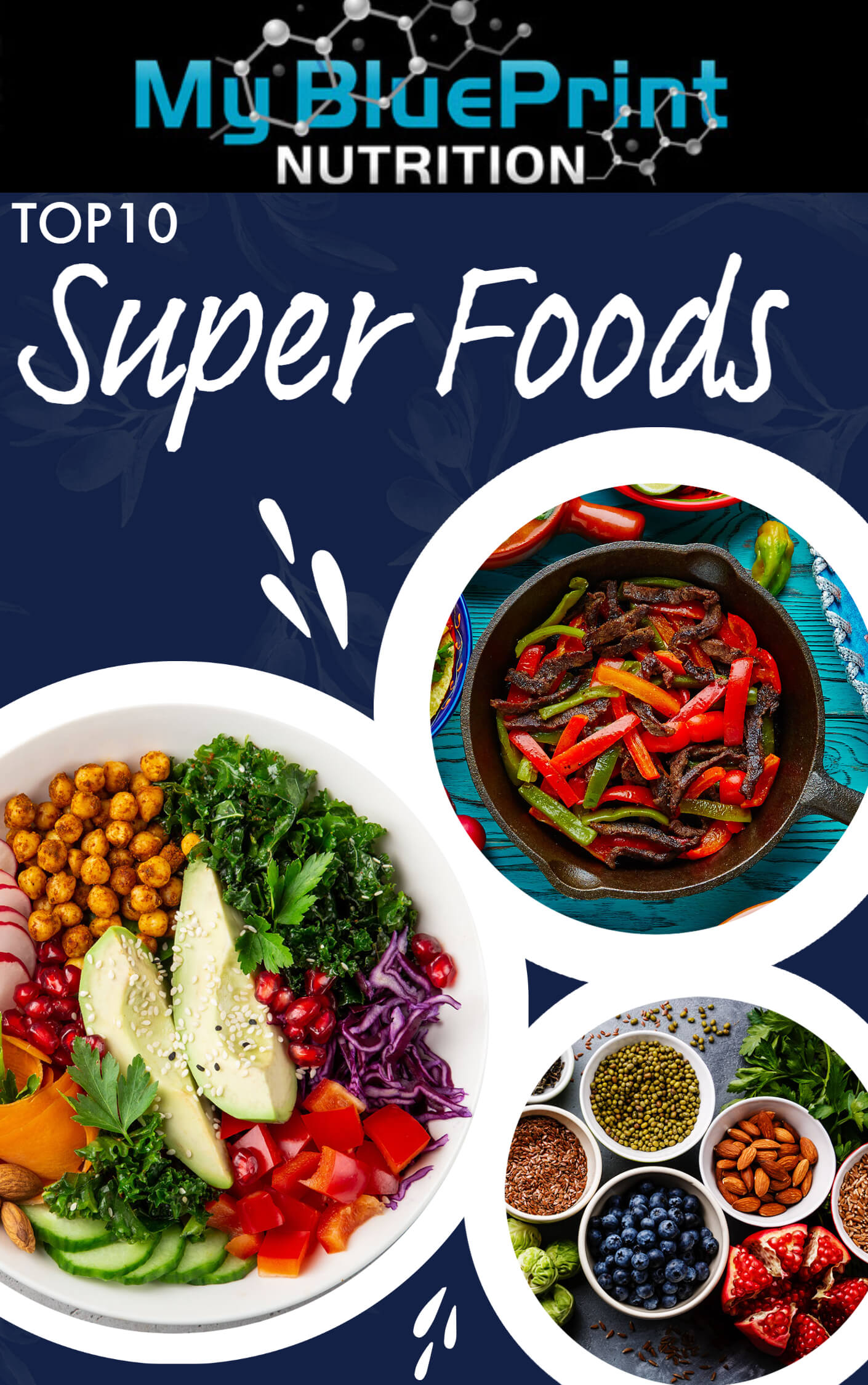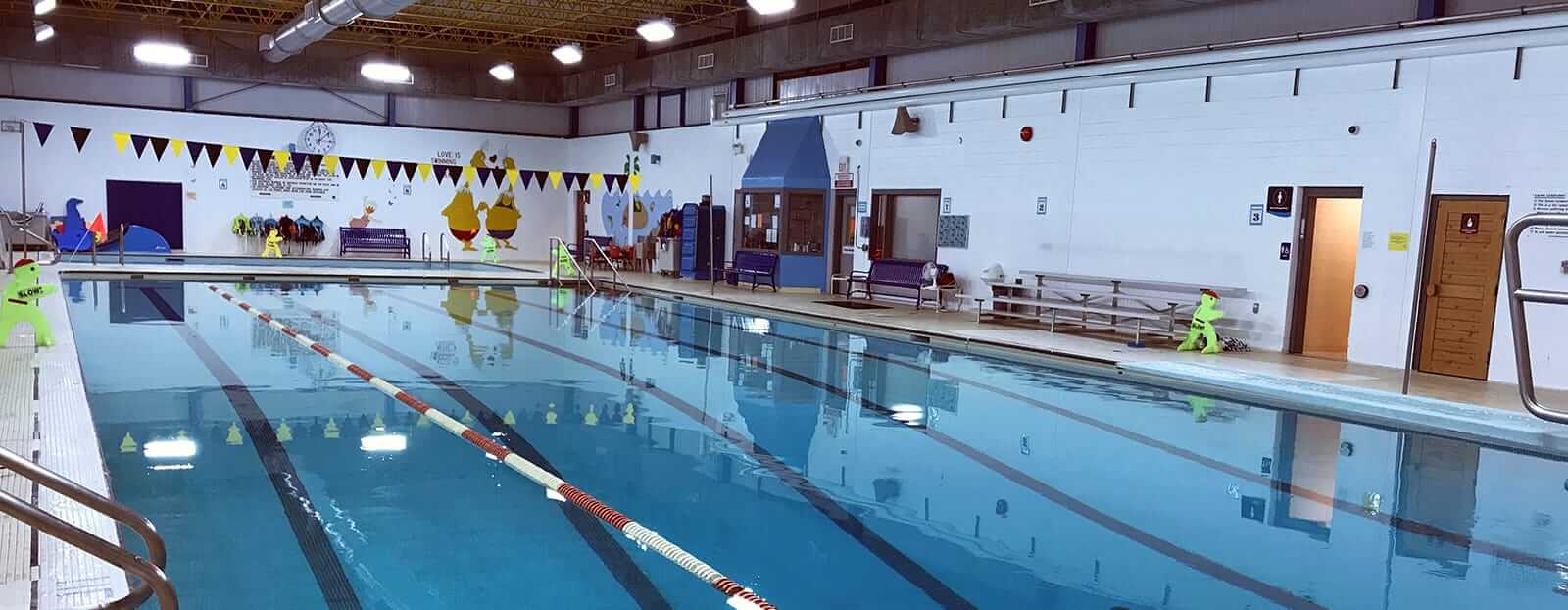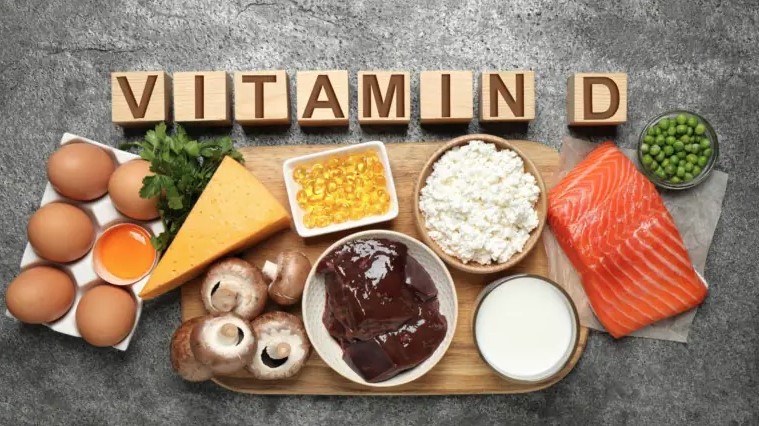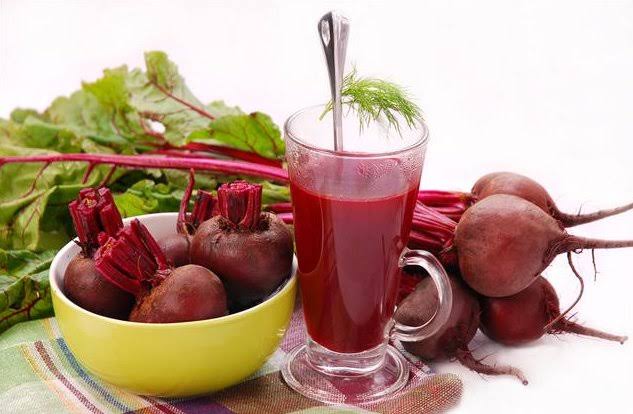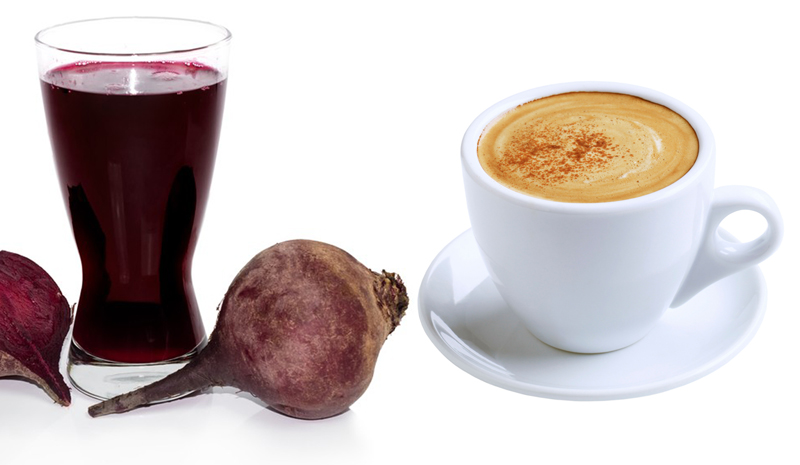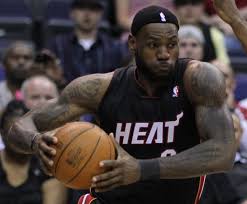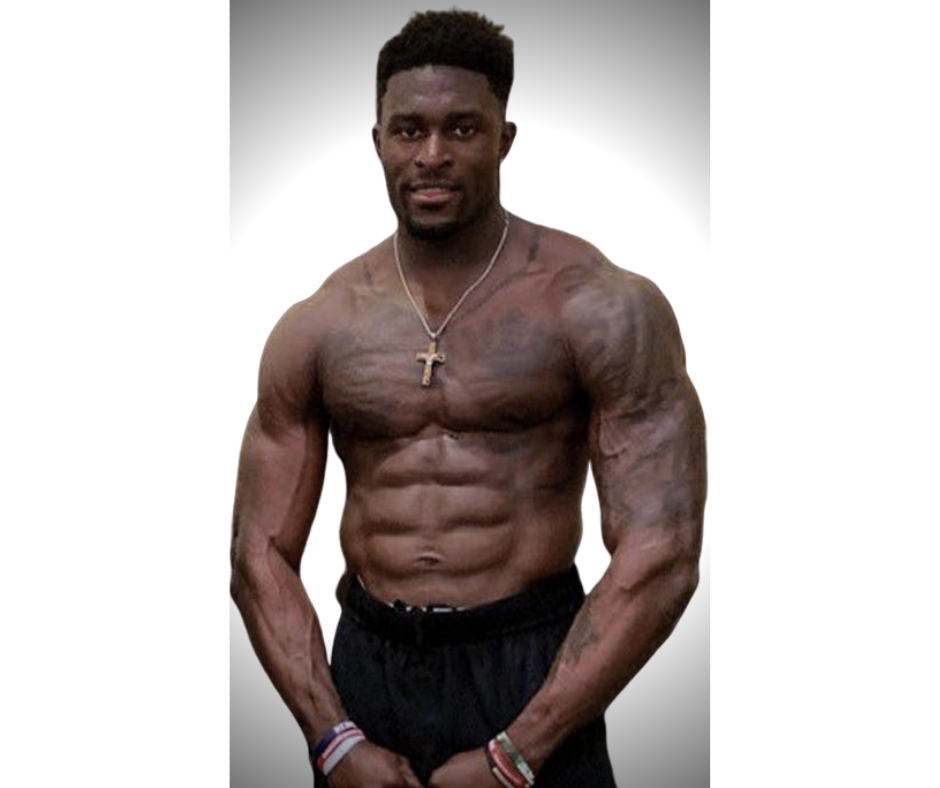In Part 1, We looked at a multitude of different Nutritional diet strategies to combat the cottage cheese on your thighs. If you haven’t had a chance to read Part 1 CLICK HERE
The Anti-Cellulite Diet
The Anti-Cellulite diet is designed specifically to reduce the appearance of cellulite. This diet includes foods that are high in protein, antioxidants, and fiber, while limiting processed foods, refined sugars, and saturated fats.

Anti-Inflammatory Diet
An anti-inflammatory diet is focused on reducing inflammation in the body, which can contribute to the development of cellulite. This type of diet emphasizes whole, nutrient-dense foods such as fruits, vegetables, lean protein, and healthy fats. It also restricts processed and sugary foods, which can increase inflammation.
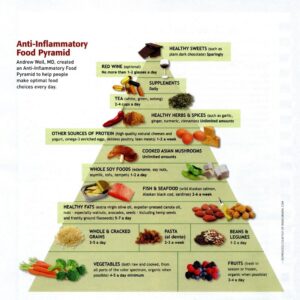
Low-Carb Diet
A low-carb diet is a popular weight loss diet that has been shown to improve the appearance of cellulite. By limiting carbohydrate intake, the body is forced to burn fat for energy, which can lead to a reduction in overall body fat. This type of diet typically includes protein-rich foods such as meat, fish, eggs, and nuts, along with non-starchy vegetables.
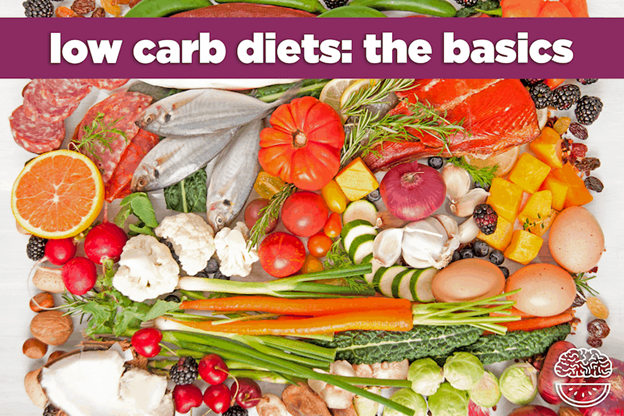
Mediterranean Diet
The Mediterranean diet is a balanced and sustainable eating pattern that emphasizes whole foods such as fruits, vegetables, whole grains, legumes, fish, and healthy fats. This type of diet has been shown to reduce inflammation, promote weight loss, and improve skin health, all of which can help reduce the appearance of cellulite.
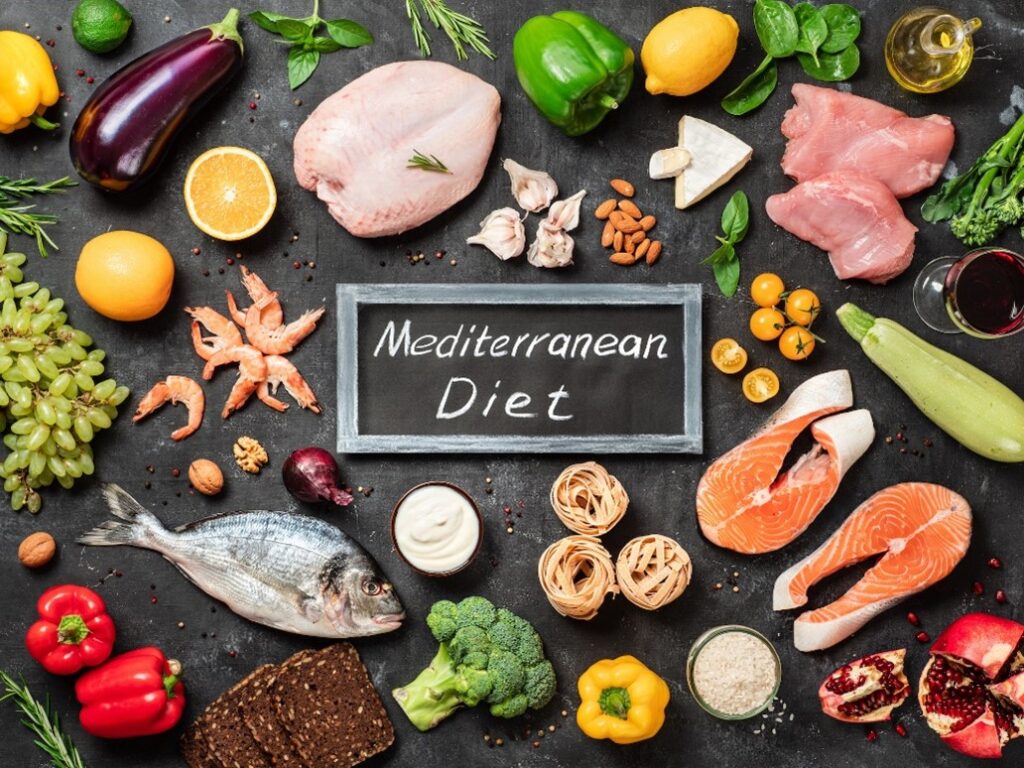
In conclusion, while there is no “magic” diet to eliminate cellulite, following a healthy diet and lifestyle can help reduce its appearance. The diets mentioned above can be effective in reducing inflammation, promoting weight loss, and building and repairing connective tissue.
So, which is better for estrogen and fat loss in women? All diets can be effective, but it depends on the individual. Example: A low calorie diet may be better for women who struggle with portion control and overeating, while a high protein diet may be better for women who want to improve body composition and maintain muscle mass.
CLICK HERE to Book your FREE 20 Minute Consultation with Coach LJ and see what diet is best for you.! Guaranteed Results
BOOK NOW

